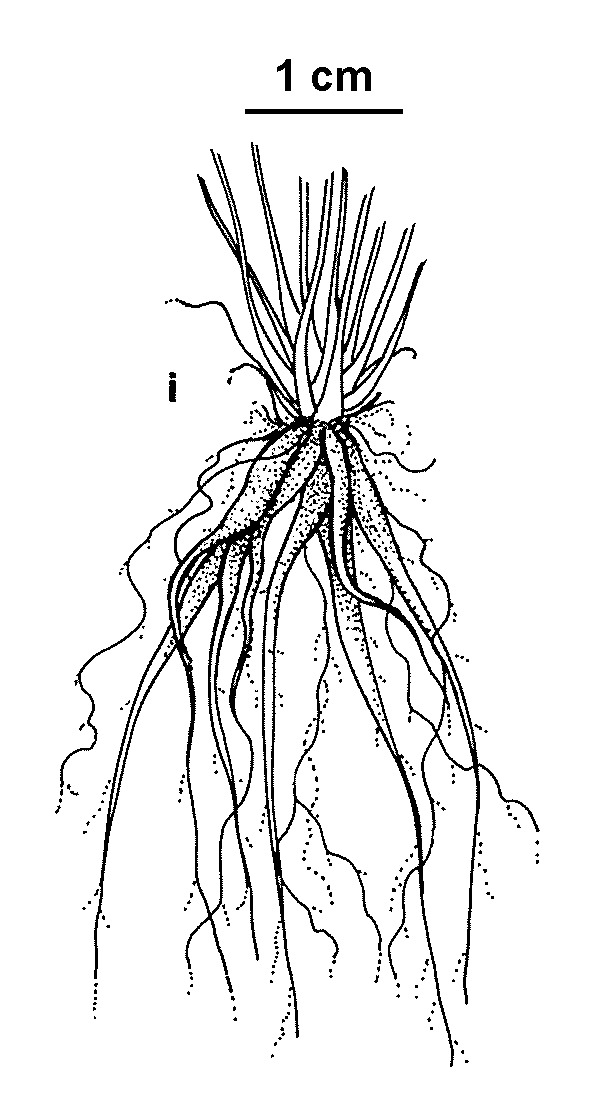Cardamine gunnii
HewsonPerennial, to 25 cm high, glabrous, with several subtuberous tapering roots arising from base; stems erect. Basal leaves in a rosette, to c. 8 cm long, simple or pinnate with 1–2 pairs of shortly petiolulate lateral pinnae, terminal pinna ovate, entire, lobed or dentate; cauline leaves 0–3, to 3 cm long, pinnate to deeply pinnately divided, all pinnae linear. Racemes c. 10-flowered; sepals 2–3 mm long; petals 5–8 mm long, white; mature style to 1 mm long. Fruits erect to erecto-patent, 25–35 mm long, c. 1 mm wide; pedicels to 15 mm long; seeds c. 1.0 mm long.
Also SA, Tas. Flowers spring.
The majority of specimens collected more recently and identified as C. gunnii are referable to C. papillata, C. paucijuga or C. lilacina.The type specimen of Cardamine gunnii possesses distinctive subtuberous tapering roots. Only a handful of Victorian specimens match the type in this respect and all of these were collected more than 90 years ago from south-western Victoria. There are recent collections from just across the border in South Australia near Mt Gambier. However, Cardamine gunnii s. str. is now extinct in Victoria. It appears to have been a plant of lowland swamps, areas that were cleared for agriculture by early European settlers.
Thompson, I.R. (1996). Cardamine. In: Walsh, N.G.; Entwisle, T.J., Flora of Victoria Vol. 3, Dicotyledons Winteraceae to Myrtaceae, pp. 434–442. Inkata Press, Melbourne.
 Spinning
Spinning


